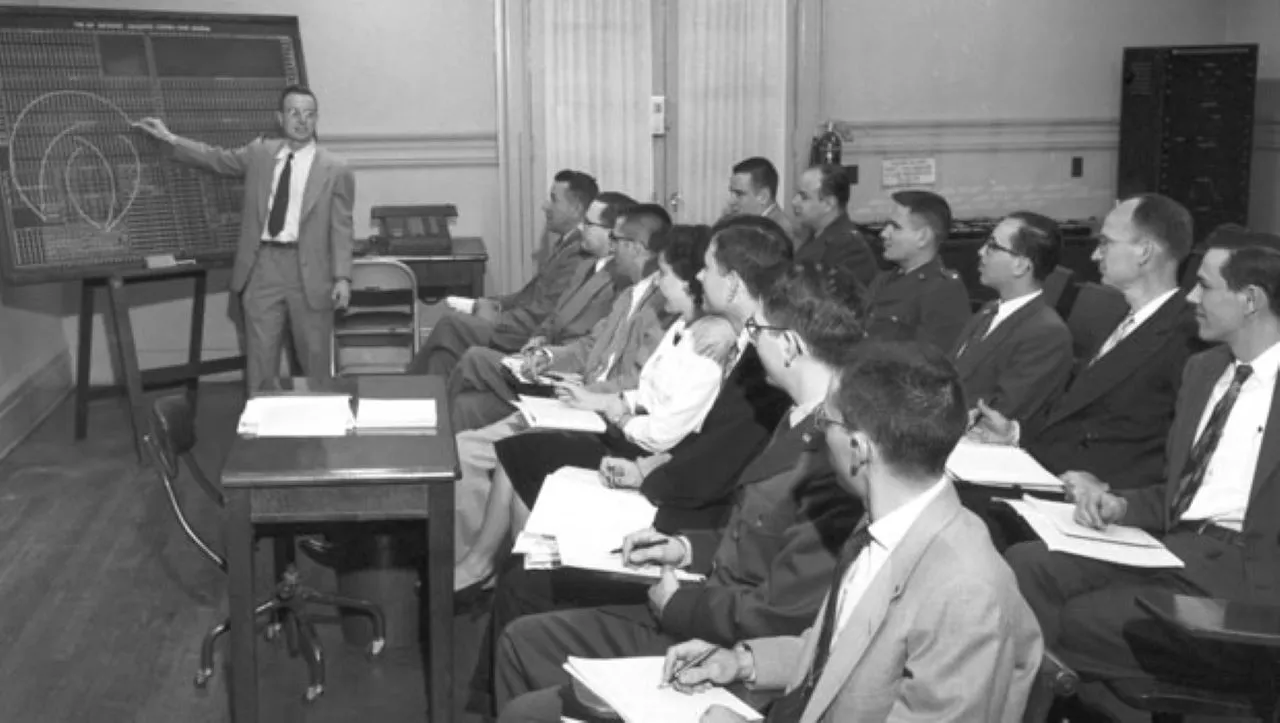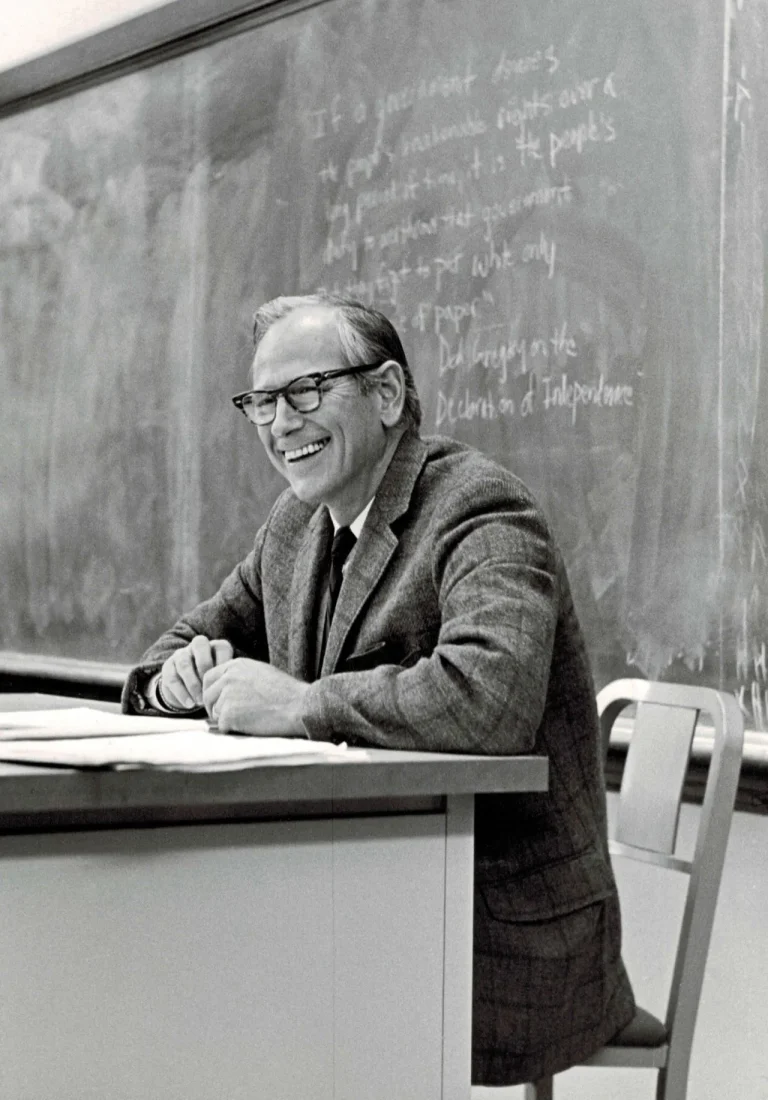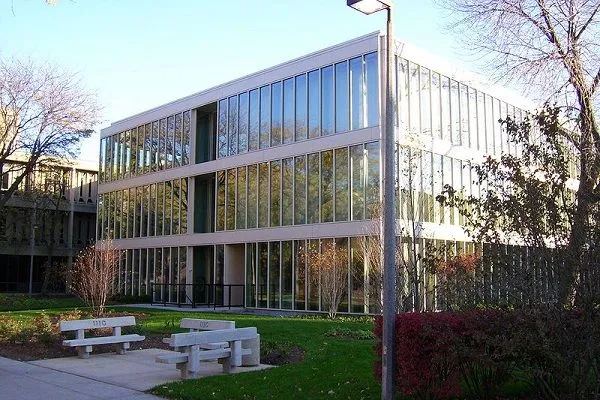When Did Computer Science Become A Major?
In today’s digital world, computer science skills are highly in demand across industries. If you’re interested in studying computer science, you may be wondering when it became an established field of study and major at universities.
While computers had existed for decades prior, computer science emerged as a distinct academic discipline starting in the 1950s and 1960s.
If you’re short on time, here’s a quick answer to your question: Computer science became a stand-alone major at universities in the United States in the 1960s. Prior to that, it was a subset of mathematics or engineering programs.
In this article, we’ll dive into the origins of computer science and explore key events that led to it being offered as a major at colleges and universities.
The Origins of Computer Science
Computer science is a field that has become increasingly important in today’s digital age. But when did it start to emerge as a major discipline? Let’s take a look at the origins of computer science and how it has evolved over the years.
Emergence of Computer Hardware in the 1940s
The 1940s marked a significant milestone in the development of computer science with the emergence of computer hardware. During this period, several important inventions were made that laid the foundation for what would become modern computing.
One notable example is the creation of the Electronic Numerical Integrator and Computer (ENIAC) in 1945, which was the first general-purpose electronic computer. This breakthrough in technology paved the way for further advancements in computer science.
Pioneers of Computer Science
Computer science as a formal field of study owes much to the pioneering work of individuals who made groundbreaking contributions in the early years. One such pioneer is Alan Turing, a British mathematician and logician who is widely considered the father of computer science.
Turing’s concept of the Turing machine, a theoretical device that can simulate any algorithmic computation, laid the groundwork for the development of modern computers. His work on artificial intelligence and the concept of a universal machine revolutionized the field.
Another influential figure in the early days of computer science is Grace Hopper, an American computer scientist and naval officer. Hopper is credited with developing the first compiler, a program that translates high-level programming languages into machine code.
Her work on programming languages and software development had a profound impact on the field of computer science.
Early Computer Science Departments
In the 1950s and 1960s, universities began to establish computer science departments, recognizing the growing importance of this emerging field. One of the earliest computer science departments was established at Purdue University in 1962.
This marked a significant step in formalizing computer science as an academic discipline.
As computer technology continued to advance, more universities followed suit and created their own computer science departments. Today, computer science is a well-established field of study with numerous academic programs and research institutions dedicated to furthering our understanding of computing and its applications.
Growth of Computer Science in the 1960s
The 1960s marked a significant period of growth and development for computer science as a major field of study. During this time, several key factors contributed to the expansion and recognition of computer science as an important discipline.
ARPA Funding for Computer Science Research
One of the major catalysts for the growth of computer science in the 1960s was the funding provided by the Advanced Research Projects Agency (ARPA). ARPA, now known as DARPA, played a crucial role in supporting research and development in various scientific and technological fields, including computer science.
The agency recognized the potential of computers in solving complex problems and allocated substantial funds to universities and research institutions for conducting computer science research. This financial support allowed researchers to explore new ideas and develop innovative technologies, paving the way for advancements in computer science.
Development of Core CS Concepts
During the 1960s, significant progress was made in the development of core computer science concepts. This period saw the emergence of key programming languages, such as FORTRAN and COBOL, which revolutionized the way software was written and executed.
Additionally, fundamental concepts like algorithms, data structures, and operating systems were refined and standardized, providing a solid foundation for the field of computer science. These developments not only enhanced the efficiency and effectiveness of computer systems but also established a common language and set of principles that formed the basis of modern computer science education.
Rise of CS Enrollments and Degree Programs
As computer science continued to evolve and gain recognition, the demand for skilled professionals in the field increased significantly. This led to the establishment of computer science degree programs in universities and colleges across the United States.
Students were drawn to the field by the promising career prospects and the opportunity to work on cutting-edge technologies. The number of enrollments in computer science programs soared, with universities struggling to meet the demand.
As a result, more resources were allocated to expanding computer science departments and hiring qualified faculty, further fueling the growth of the field.
Computer Science Becomes a Distinct Discipline
Computer Science, as a distinct discipline, emerged as a result of several key developments in the mid-20th century. These developments not only laid the foundation for the field but also led to the recognition and legitimization of Computer Science as a major academic discipline.
Formation of ACM and IEEE-CS
One significant milestone in the establishment of Computer Science as a major was the formation of the Association for Computing Machinery (ACM) in 1947. ACM played a crucial role in organizing and promoting research in Computer Science, as well as providing a platform for professionals in the field to collaborate and exchange ideas.
Another important organization that contributed to the growth and recognition of Computer Science was the Institute of Electrical and Electronics Engineers Computer Society (IEEE-CS), which was founded in 1948.
Growth of CS Research Literature
The growth of Computer Science research literature also played a pivotal role in establishing the field as a major discipline. As computer technology advanced, researchers published groundbreaking papers and studies, contributing to the expanding body of knowledge in Computer Science.
This growth in research literature not only demonstrated the increasing interest and investment in the field but also provided a platform for scholars to share their findings and advancements.
Today, there are numerous academic journals and conferences dedicated to Computer Science, further emphasizing its importance and impact in various domains.
Increasing Legitimacy of Computer Science
As more universities and educational institutions began offering degrees and programs in Computer Science, the legitimacy of the field continued to grow. The demand for skilled computer scientists and the increasing role of technology in various industries further solidified Computer Science as a major discipline.
With the rise of innovative technologies such as artificial intelligence, machine learning, and big data analytics, the importance of Computer Science has become even more prominent. Companies and organizations across various sectors rely on computer scientists to develop and implement cutting-edge solutions that drive innovation and improve efficiency.
Conclusion
Though the foundations of computer science stretch back to the early 20th century, it emerged as a distinct academic field in the 1960s. Driven by advances in computing technology and funded research, pioneering universities began offering computer science as a stand-alone major during this decade.
Today, computer science is one of the most popular college majors and underpins our digital economy. But just 60 years ago, it was still struggling for recognition as a legitimate discipline in its own right.
The evolution of computer science degrees and curricula continues, but the 1960s marked a pivotal time when it became an established presence in higher education.







